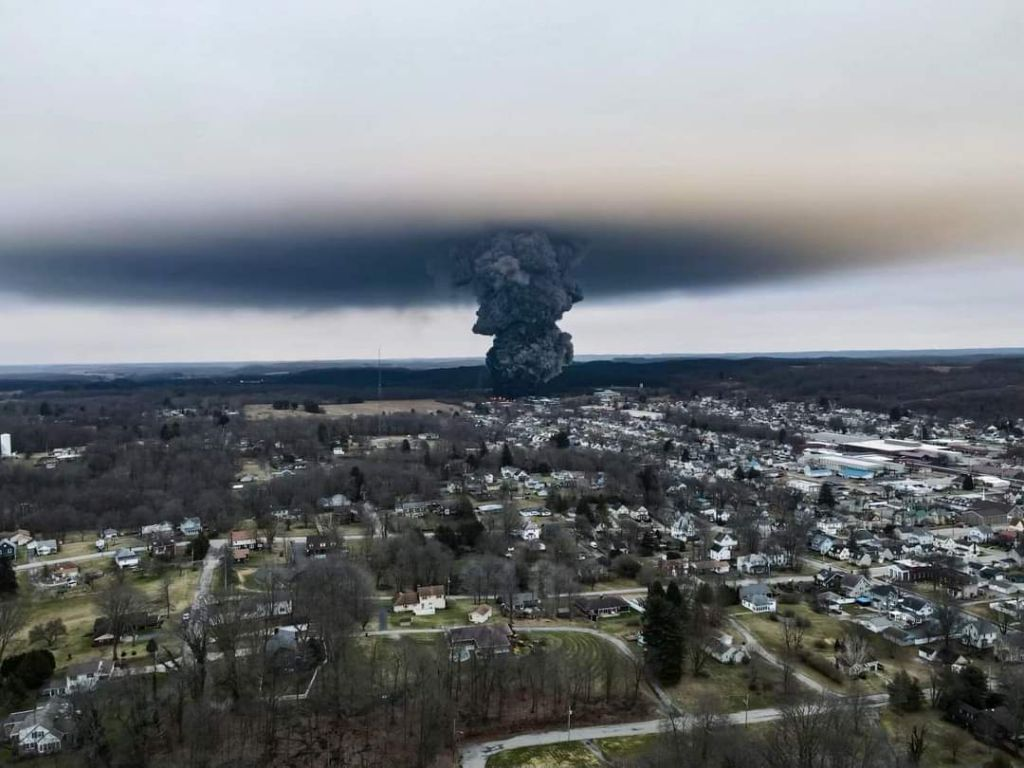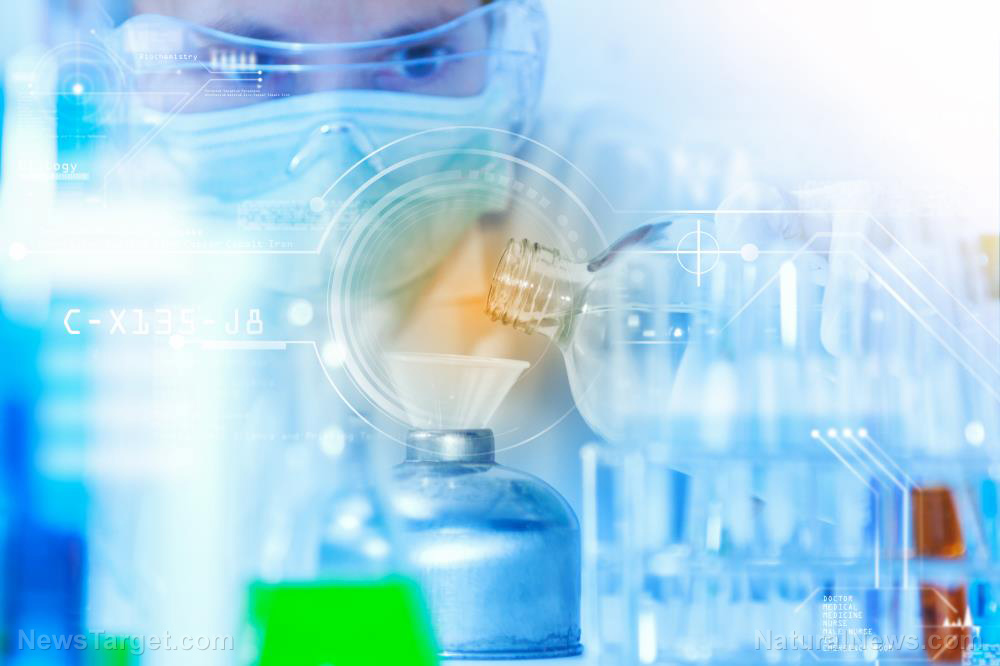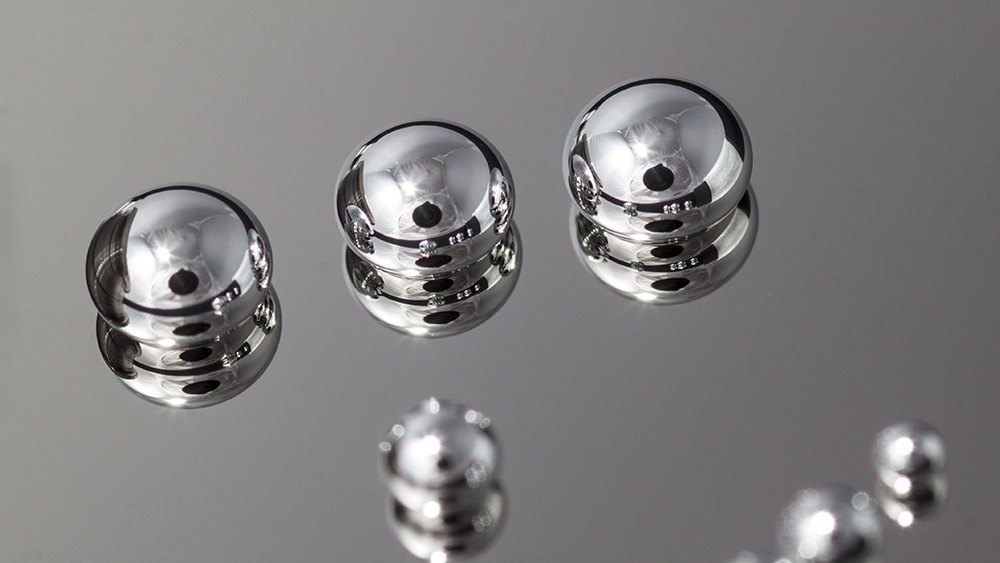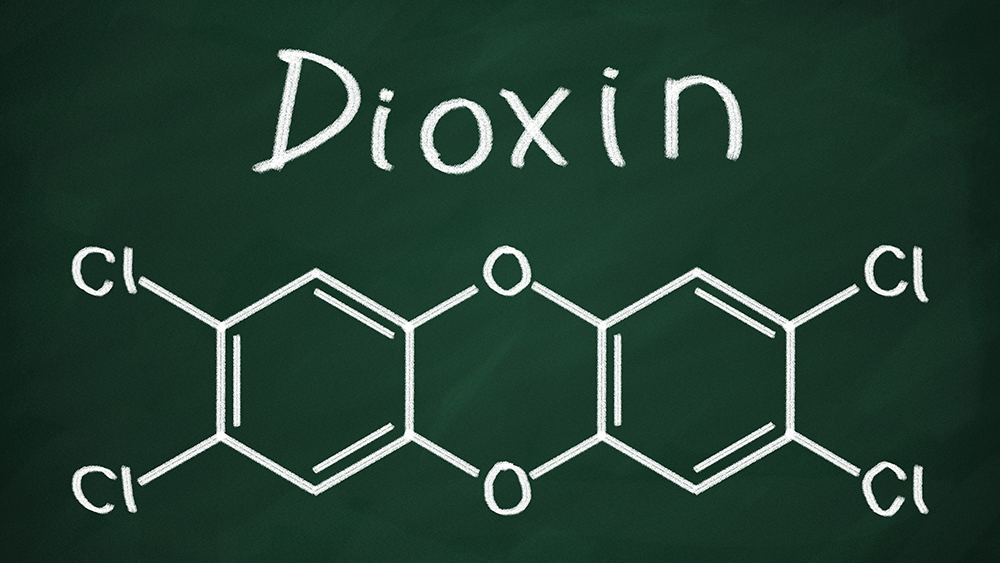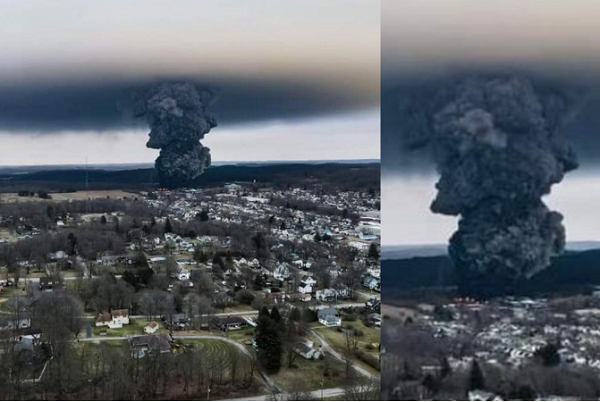Scientists discover evidence of SELF-HEALING METALS
07/21/2023 / By Arsenio Toledo

A new study by scientists in the United States has presented evidence of pieces of metal fusing back together and healing themselves without any human intervention.
The study, published in the journal Nature, found that pieces of pure platinum and copper spontaneously healed cracks caused by metal fatigue during nanoscale experiments. The experiments were designed specifically to study how such cracks form and spread in certain metals placed under a lot of stress.
“This was absolutely stunning to watch firsthand,” said Brad Boyce, a materials scientist with the Sandia National Laboratories in Albuquerque. “What we have confirmed is that metals have their own intrinsic, natural ability to heal themselves, at least in the case of fatigue damage at the nanoscale.”
Damage from metal fatigue is one of the main ways through which metals used by most machines wear out and eventually break. These metals end up sustaining microscopic cracks after being exposed to repeated stress or motion, and this damage ends up worsening over time.
In the experiment conducted at Sandia, the researchers used a technique that pulled at the ends of tiny metal pieces at a speed of about 200 times per second. They observed a crack forming and spreading almost immediately, but about 40 minutes into the experiment, the researchers saw that the metals were fusing back together.
The healing process the researchers discovered is known as “cold welding,” and it’s when two relatively smooth and clean metal surfaces are brought back together to reform their atomic bonds.
“Unlike the self-healing robots in the ‘Terminator’ movie, this process is not visible at the human scale,” said Boyce. “It occurs at the nanoscale, and we have yet to be able to control the process.” (Related: Fully autonomous KILLER DRONES now closer to reality as rapid development of AI continues.)
The self-healing processes were observed in platinum and copper metal pieces that were about 40 nanometers thick and a few micrometers wide. Boyce noted that simulations strongly suggest that the self-healing factor can also be replicated in other metals and even in alloys like steel. Further research is necessary to confirm this, as well as to assess whether the self-healing processes of these and other metals can eventually be scaled up to a usable level.
Opportunities abound for how self-healing metals can be used in tech
Boyce and the other researchers noted that if this amazing phenomenon can be harnessed, it could lead to an “engineering revolution” that leads to the construction of self-healing infrastructure and machines, like bridges and machine engines. They could even envisage vehicles like airplanes reversing damage caused by wear and tear, making them safer and longer-lasting.
“From solder joints in our electronic devices to our vehicle’s engines to the bridges that we drive over, these structures often fail unpredictably due to cyclic loading that leads to crack initiation and eventual fracture,” said Boyce. “When they do fail, we have to contend with replacement costs, lost time and, in some cases, even injuries or loss of life. The economic impact of these failures is measured in hundreds of billions of dollars every year for the United States.”
“My hope is that this finding will encourage materials researchers to consider that, under the right circumstances, materials can do things we never expected,” said study lead Michael Demkowicz, a materials science and engineering expert and a professor for both the Massachusetts Institute of Technology and Texas A&M University.
Demkowicz has been studying self-healing metals for at least a decade now, and he thinks it could take at least another decade of study to see if the findings will have tangible applications.
“When I first made my predictions, some of the press said I was working on a T-1000 [Terminator]. That’s still sci-fi,” said Demkowicz. “However, at the end of [the TV series] ‘Battlestar Galactica,’ the crew adapted some [alien robot race] technology to help heal fatigue damage to their ship, making metal behave more like an organic tissue that can heal its own wounds. I’d say what we’re working on is more along the lines of that example.”
Learn more about advancements in robotics at Robotics.news.
Watch this video showing how NATO is already deploying Terminator-like robots in Ukraine.
This video is from the channel The Prisoner on Brighteon.com.
More related stories:
Dangers from future technologies? It’s the current ones that are killing us.
Sources include:
Submit a correction >>
Tagged Under:
breakthrough, Chemistry, discoveries, engineering revolution, future science, future tech, materials science, metals, nanotechnology, physics, real investigations, research, self-healing metal
This article may contain statements that reflect the opinion of the author
RECENT NEWS & ARTICLES
COPYRIGHT © 2017 CHEMISTRY NEWS







